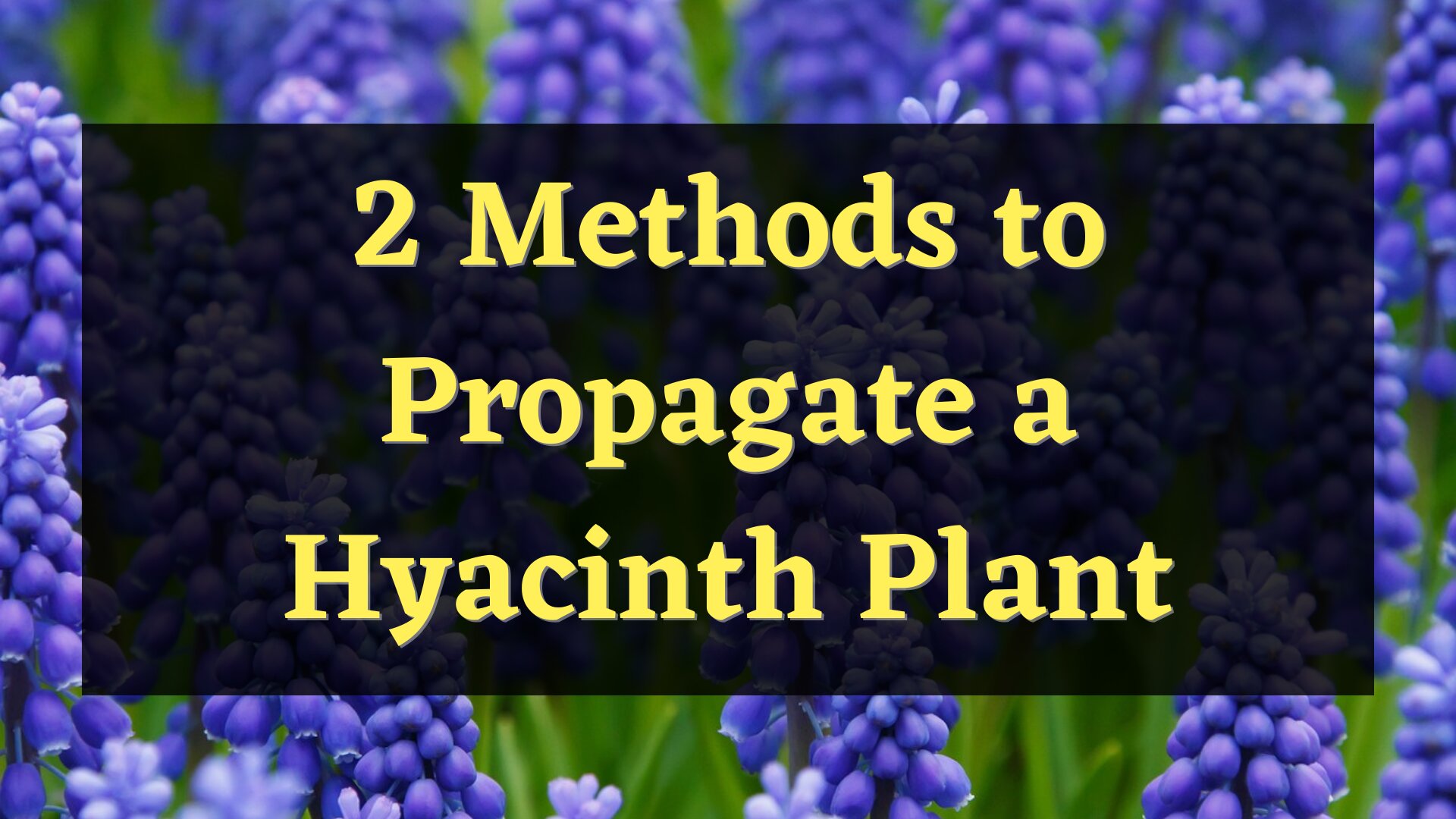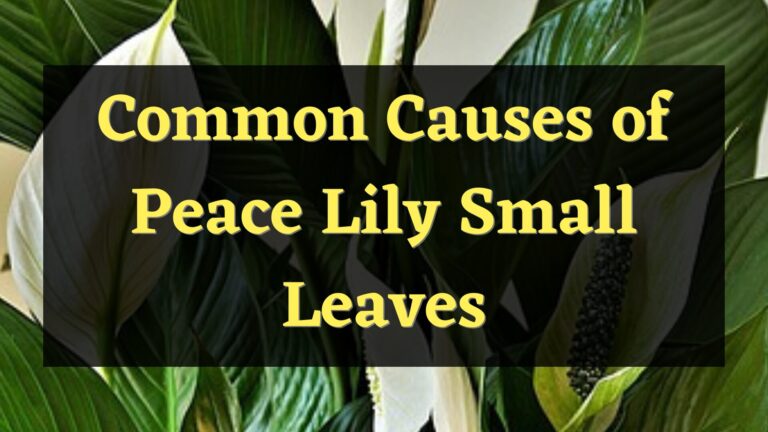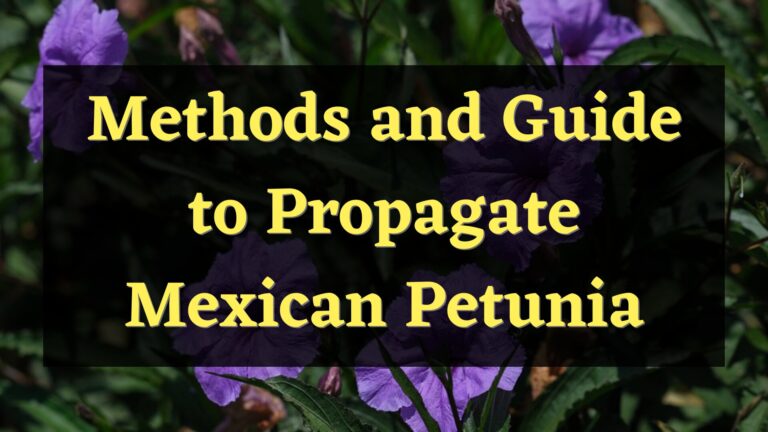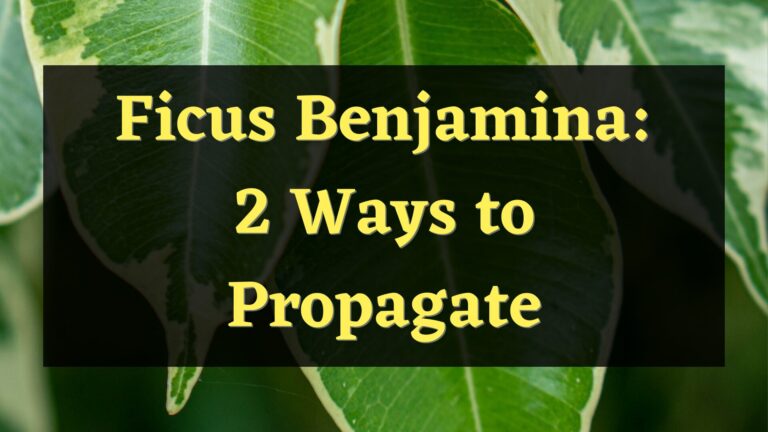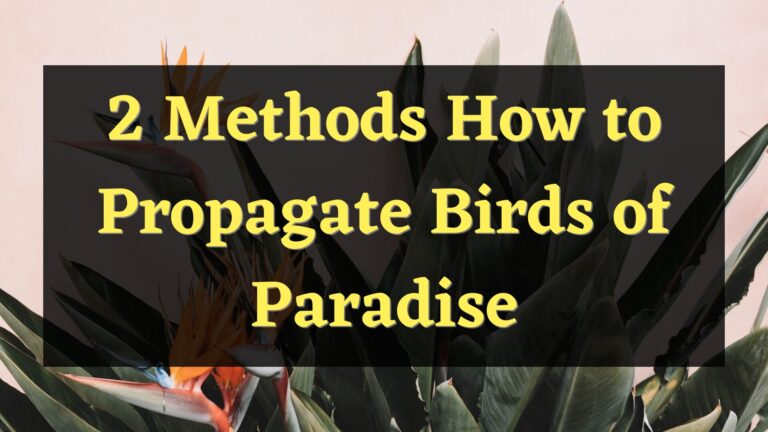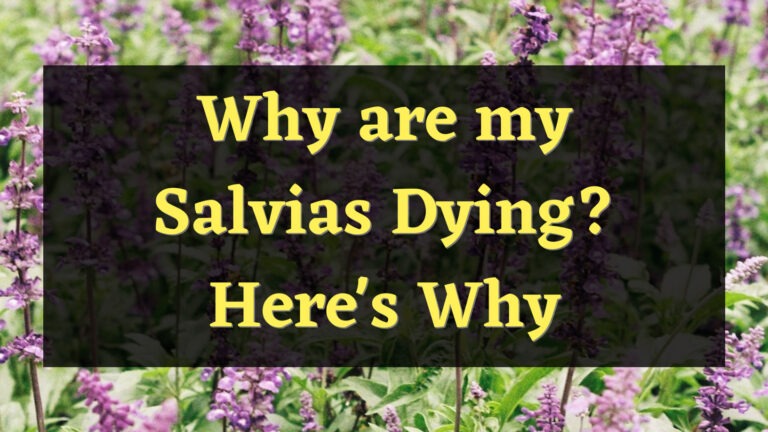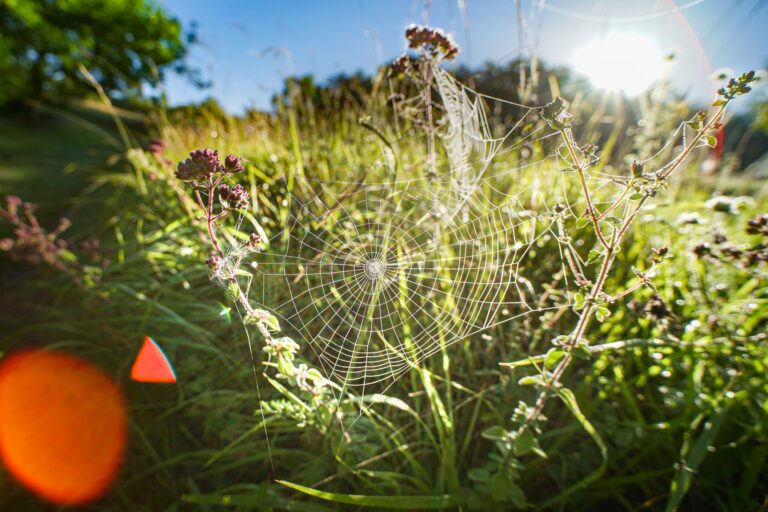Knowing how to propagate Hyacinth effectively will make your environment more fragrant and beautiful. Hyacinth has bright and fragrant flowers that will fill your garden with colors and relaxing scents. It can easily adapt to the environment so it can be planted indoors and outdoors. It blooms once a year during spring. It can be planted on flower beds, perennial gardens, patios, entries, walkways, cutting gardens, and containers to enjoy their relaxing scent.
About Hyacinth Plant
Hyacinth is a perennial flowering bulb that belongs to the Asparagaceae plant family. It is referred to as nature’s perfume because of its potent scent. The other names of this plant are Common Hyacinth, Garden Hyacinth, and Dutch Hyacinth.
Some of the varieties of Hyacinth are Blue Jacket, Hollyhock, Pink Pearl, Top White, and Woodstock. The colors of its flowers are white, purple, blue, pink, salmon, red, and yellow. The scent differs according to the color of its flowers. Hyacinth flowers are extracted to create perfumes and oils.
How to propagate the Hyacinth plant?
Hyacinth can be propagated from bulbs and seeds. Hyacinth is commonly produced from bulbs that’s why it is the easiest method to propagate it. Reproducing hyacinth from seeds is more challenging than the bulb method. It takes time and effort to successfully propagate hyacinths from seeds.

Steps in propagating hyacinth from bulbs
- Dig deeply around the perimeter of the hyacinth plant.
- Choose a healthy and mature parent hyacinth parent plant. There are scenarios where hyacinth bulbs are hidden deeply in the ground. Watering the surface of the plant will make it easier to dig out the plant from a pot or ground. When the foliage died, small offsets bulb will grow.
- Take out the plant carefully to prevent the bulb from getting damaged.
- Wear gloves when you take out the plant from the pot or ground because this plant has toxins that can cause skin itching and irritation.
- Wash off the soil.
- Wash off the soil attached to the bulbs so you can clearly see their condition. Separate the clumps into individual bulbs.
- Plant the multiplying bulbs in well-draining soil.
- These bulbs are the main bulbs and the bulblets. You can plant them in the pot or ground. Adding compost will make the bulbs healthier.
Steps in propagating bulbs that are not multiplying
- Cut the leaves of the hyacinth plant.
- The roots must also be removed from the bulb.
- Force the bulb to start propagation.
- There are two ways to force the bulb to multiply: cutting off the basal plate and making horizontal and vertical cuts in the basal plate.
- Pour moist coco-peat potting mix into a pot.
- Dust fungicide on the cut portion of the bulb. If a fungicide is not available, baking soda is a good alternative. Put the bulbs upside down in the coco-peat. Put the bulbs in a cool and dark place. Spray it with water to moisten the soil.
- Plant the bulb outdoors when the bulblets form.
- The bulblets will be formed after a few weeks. Plant them outdoors in a pot or ground.
Propagating Hyacinth from seeds
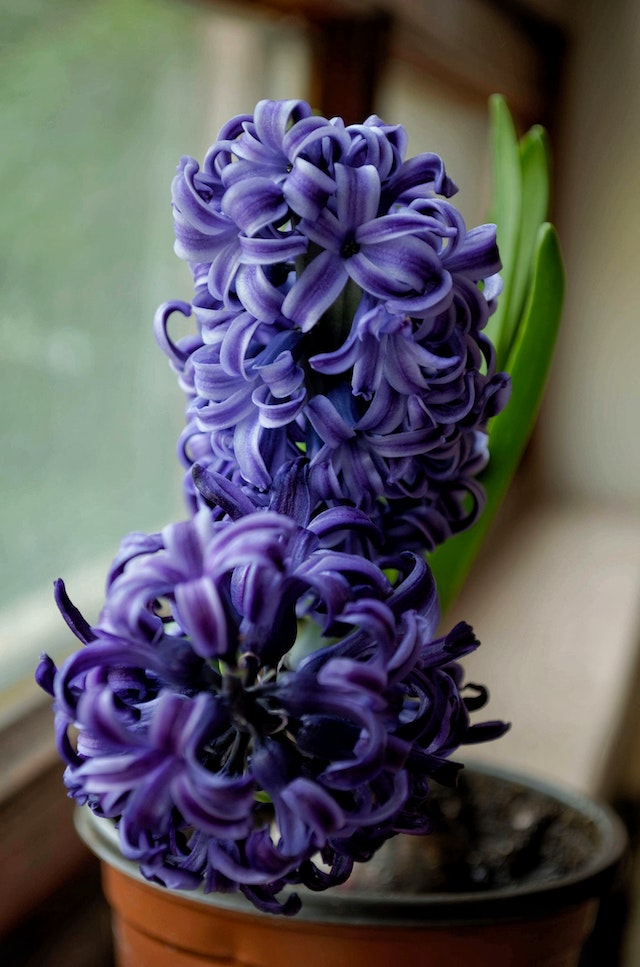
- Harvest seeds from the seedpods.
- Seeds can be gathered when the flowers mature or fades. The flowers must be healthy to make sure that the seed will generate successfully. Small black seeds will be formed when the seedpods turn from color green to tan. When the seeds get dry, the seedpod will open by itself. Get the seeds from the seedpods carefully.
- Soak hyacinth seeds for 24 hours in warm water.
- Soaking seeds provide a lot of benefits. It breaks seeds dormancy, accelerates the germination process, and softens the shell of the seed.
- Cover the Hyacinth seeds with a damped paper towel.
- Put it in a plastic bag with a tight seal and place it in the fridge to sprout. It must not be put in the fruits and vegetable storage in the fridge because fruits release gas that will affect the germination of seeds.
- Prepare the planting tray for seeds.
- Pour a compost-based potting mix or seed-starting mix into a planting tray. Scatter the seeds uniformly on the surface of the potting mix and cover them with a thin layer of coarse sand.
- Put the planting tray in a cool location.
- Water the seeds sparingly to keep the potting moist. The planting tray can be placed in a cold frame or cool greenhouse. The seeds must be undisturbed for a year to ripen them.
- Transplant the seedlings in your preferred area.
- After the seeds have ripened, you can transplant the seedlings into pots, directly into the garden, or on walkways. Take care of the seedlings properly to propagate them effectively.
How long does it take for the Hyacinth plant to grow?
The length of time for the hyacinth to grow depends on the method that you will use. If you will force the growth of bulbs in water, it will take up to 13 weeks to flower from planting.
When you propagate hyacinth from bulbs in the soil, it can two to three years before the bulblet grows to produce large and vibrant flowers.
Otherwise, if you propagate hyacinth from seeds instead, it will take up to 6 years to bloom. The stratification process will take up to 3 months, the germination process will take up to 1 to 6 months, and the inflorescence will take up to 5 years.
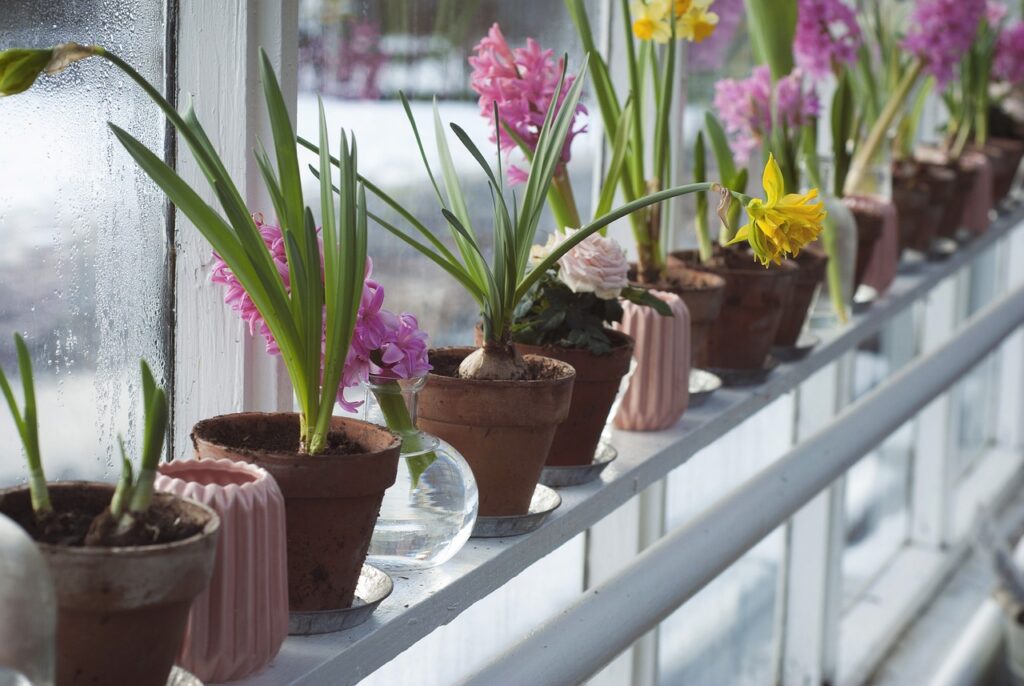
When to start propagating Hyacinth?
The fall season is the best time to propagate hyacinth. The bulb can be planted in the late summer to early fall. Propagation must be done after the foliage turns into yellow color and dies. It must be planted before frost so that the bulb will have enough time to establish itself before winter comes.
Conclusion
There are two ways to propagate Hyacinth. It can be reproduced from its seeds or bulbs. Hyacinth has gorgeous and fragrant flowers that make the environment more fragrant. It is best to plant them in groups together with other spring flowering bulbs to make your garden visually appealing. It can also be a good air freshener when you put them indoors when it blooms. It is also a good additional flower to a bouquet. Proper care and attention are needed so that it will bloom again in subsequent years.
Meet Tomas Clayton, a seasoned plant gardener who has been passionate about horticulture since he was a child. Tomas John developed a love for the natural world and a strong appreciation for the beauty of plants while growing up on a farm.

